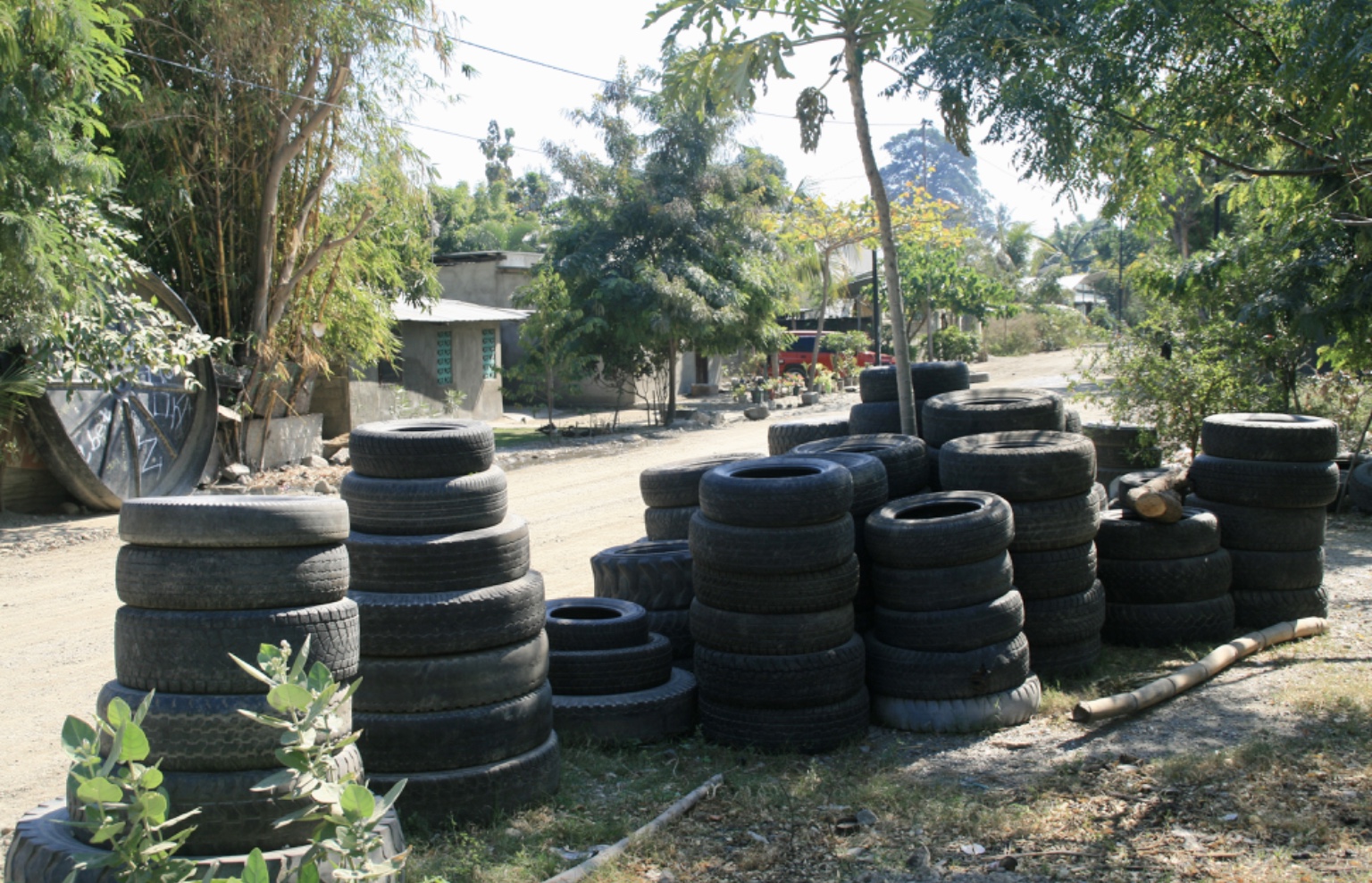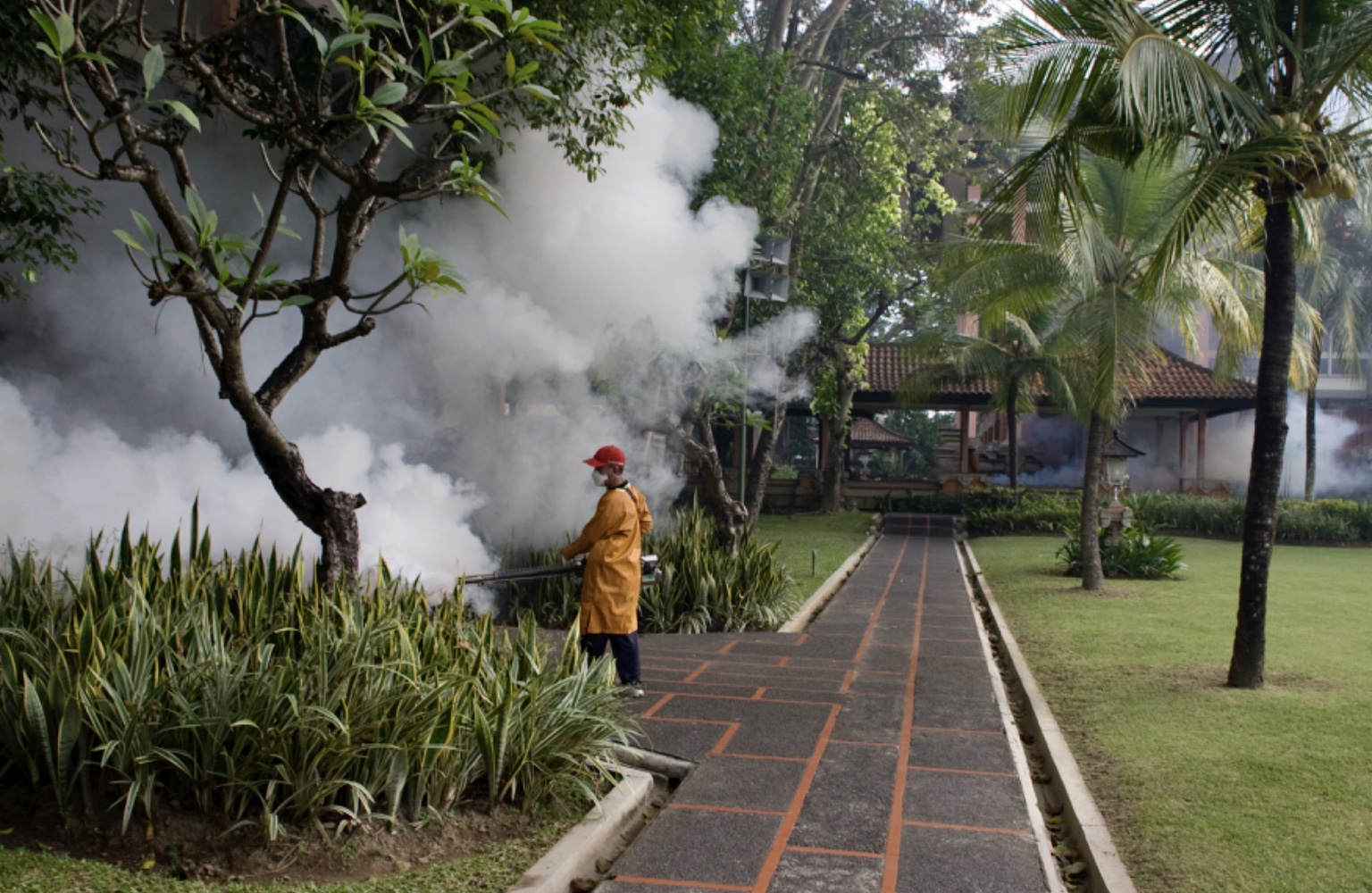Text by Henrylito D. Tacio
Photos: WHO
(Second of Two Parts)
WHEN eight-year-old Rene Mamaril was brought to the Viacrucis Medical Clinic in Bansalan, Davao del Sur, he was very weak. He complained of having a headache and an off-and-on high-grade fever, which continued for three days. The doctor who attended the patient thought the boy was having some sort of flu.
On the third day of his confinement at the clinic, Rene was complaining of abdominal pain. He vomited every now and then. He was having some measles-like rashes in his hands. The doctor became suspicious. So, on the fourth day of admission at the hospital, the doctor did some platelet count of the patient’s blood. It was up at 8:30 a.m. and went down by 5:00 p.m.
The lady physician became more alarmed when Rene was restless and complained of chest pain and having difficulty in breathing. More so when blood was oozing from his nose and blood streaks were found in his saliva. It was already at 10:00 p.m., and she immediately referred the patient to the nearby town of Digos, where hospitals are more equipped to handle such cases. After transfusions of blood and intravenous fluids, Rene began to feel better after a week of confinement in Digos Doctors Hospital and was on his way home on the ninth day.
Rene was plain lucky.
Dengue fever and its even nastier brother-in-arms, dengue hemorrhagic fever (DHF), are caused by the same virus. However, there are four distinct viruses that cause dengue fever, so a person living in a dengue-endemic area can develop four separate kinds of infections during his or her lifetime. Infection with one virus does not protect a person against infection with another.
The World Health Organization (WHO) says dengue viruses are transmitted to humans through the bite of infected Aedes aegypti and Aedes albopictus mosquitoes. Most Aedes mosquitoes are found indoors rather than outdoors. The Aedes aegypti type prefers to rest in shaded places indoors, while Aedes albopictus prefers to rest in shrubs and trees.
The Aedes mosquito is sometimes called the “tiger mosquito,” because of its peculiar white stripes on its legs and back. Its peak biting time is after sunrise and at dusk – especially one hour before sunset. However, only female mosquitoes bite. That’s because only females are “hematophagous” (Greek for “blood eaters”).
The adult female Aedes mates and takes its first blood meal about 48 hours after coming off its pupa stage. To lay eggs, it has to be engorged with blood, which may take two to five days. Each Aedes female can lay up to four batches of eggs – at least 40 eggs per batch – during its life cycles. The eggs hatch into “wrigglers” in two days and, after four days, become “tumblers.”
Not all tiger mosquitoes, however, are carriers of the dengue virus, but only those that have bitten people infected with dengue fever. It takes about 8-10 days to multiply in the female mosquito’s salivary gland before the insect can transmit the virus to human beings.
“A person bitten by a dengue-carrying mosquito does not immediately show symptoms of dengue fever,” says Dr. Dante Comedido, a former pediatrician at the Brokenshire Hospital in Davao City. “It takes from five to seven days for the virus to incubate in our body.”


The breeding sites of Aedes mosquitoes are never far from human habitation, the WHO says. These mosquitoes live in such “places” as tree holes, bamboo stumps, earthen jars for water storage, discarded bottles and tins, old rubber tires, rain barrels for collecting rainwater, clogged roof gutters, coconut shells and husks, and canoes and small fishing boats.
Inside the house or office buildings, the potential sites for the mosquito larvae are “any container that can accumulate water for up to seven days,” according to Dr. Enrique Tayag, one of the country’s dengue experts. These include uncovered water storage tanks, flower vases, saucers for ornamental plants, soft drink bottles, and metal and plastic pails for water storage.
Dengue might have remained primarily a concern of the military had not its more virulent form – the DHF – been recognized as a new disease in the Philippines in 1953. By 1975, DHF had become a leading cause of hospitalization and death among children in many countries, especially in Southeast Asia.
The epidemic is now so serious that dengue fever, according to most experts, has replaced malaria as the most important mosquito-borne viral infection in the world.
Although there are various factors for the reemergence of dengue as a public health threat in recent years, epidemiologists believe the rapid urbanization that is not accompanied by development of proper water supplies and waste disposal is one of the main reasons why dengue cases are again on the rise.
Rapid population growth and urbanization after World War II has resulted in endemic dengue. An insufficient supply of piped water in the country, for instance, makes it necessary to store water for drinking and washing; this situation, along with poor sanitation and crowding, helps to create conditions that favor the breeding of Aedes mosquitoes.
In Bansalan, Davao del Sur, for instance, the water shortage which most homes experience every now and then has contributed to the surge in dengue cases in recent years. Because they don’t know whether there would be water gushing from their faucet the following day, residents have no recourse but to store water in large drums. These drums are the major habitats of most larvae. Those placed inside houses provide perfect breeding sites for the disease-carrying mosquitoes.
Most experts are in the contention that the only way to prevent dengue is to eliminate or reduce the mosquitoes that carry that virus. How can this be done? One good way is to eliminate the breeding places of the dengue-carrying mosquitoes.
A fact sheet published by the Silang-based International Institute of Rural Reconstruction (IIRR) shares the following information:
* Cover water containers. Tight covers on water storage containers will prevent the mosquito from laying their eggs there. If the cover is loose, mosquitoes can go in and out.
* Septic tanks and soak-away pits. Cover and seal these tanks and pits so that dengue mosquitoes cannot breed in them.
* Removal of rubbish. Garbage articles and other rubbish found around houses can collect rainwear. They should be removed or smashed and buried in the ground or burned, where it is permissible.
* Biological control. Mosquito wrigglers can be controlled by small larva-eating fish. Bacterial pesticides will also kill mosquito wrigglers.
* Chemical control. Safe and easily-used larvicides can be placed in water containers to kill developing wrigglers.
The Department of Health (DOH) has initiated community clean-up operations in areas where dengue outbreaks are often reported. It also launched a public information campaign by giving illustrated flyers (both written in English and the country’s national language) describing dengue fever’s symptoms, cure, preventive measures, and other key information.
“The community should be educated on the factors causing dengue because its cooperation is vital to its control,” said the health department’s national coordinator of the communicable disease control service of DOH.
The health department is also encouraging Filipinos to practice the 4-S campaign against dengue. It stands for Search and destroy mosquito-breeding sites, secure Self-protection measures like wearing long pants and long-sleeved shirts and daily use of mosquito repellent, Seek early consultation, and Support fogging/spraying only in hotspot areas where an increase in cases is registered for two consecutive weeks to prevent an impending outbreak.
“The first step to prevent dengue is within our homes,” says Health Secretary Francisco T. Duque. “It is important to remove any space or container that can hold unnecessary stagnant water which may become breeding sites of mosquitoes.”
During the rainiest months of the year – from June to November – the government is promoting an anti-dengue program in which communities are mobilized in campaigns to search for and destroy wrigglers and breeding sites of dengue mosquitoes.
The so-called “three A’s” – asin (Tagalog term for salt), alcohol, and aceite (oil) – are used to kill the wrigglers. These three ingredients can be poured into waters where wrigglers live to annihilate them.
“We can control dengue if we all work together,” says Dr. Allan Schapira, an epidemiologist who worked previously at the regional office of the World Health Organization (WHO) in Manila. “Every individual, every family, every builder, every building administrator, every company owner, every mayor and every village head have to make sure that there are no, absolutely no, uncovered water containers or receptacles that mosquitoes can breed in. By doing this, we might be able to save someone from death.”
Meanwhile, the mosquitoes are in the shadows, waiting for sunrise to strike.

